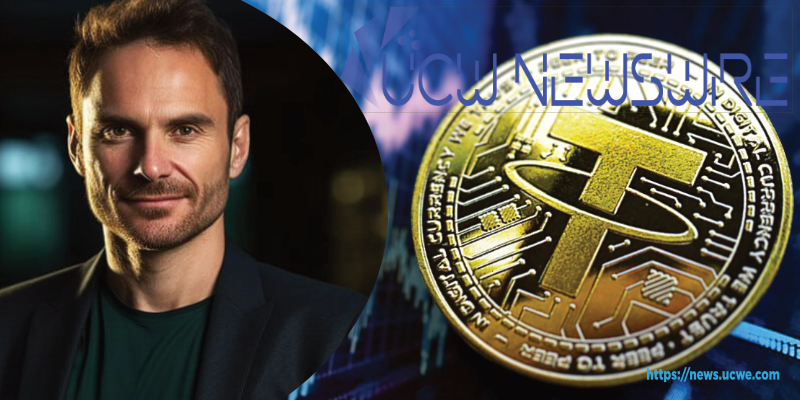Tether Eyes U.S.-Specific Stablecoin Amid Trump’s Proposed Crypto Reforms
In a potential pivot that could reshape the stablecoin landscape in the United States, Tether, the world’s largest stablecoin issuer, is contemplating the launch of a U.S.-focused stablecoin, CEO Paolo

In a potential pivot that could reshape the stablecoin landscape in the United States, Tether, the world’s largest stablecoin issuer, is contemplating the launch of a U.S.-focused stablecoin, CEO Paolo Ardoino revealed in a recent interview with the Financial Times. The move hinges on the outcome of crypto regulatory proposals currently under review in Congress, as well as the direction of Donald Trump’s pre-election promise to establish more crypto-friendly oversight.
Tether’s flagship token, USDT, dominates the global stablecoin market with a commanding 70% market share, but has long operated on the periphery of U.S. regulatory frameworks. Ardoino’s comments suggest the company is now open to realigning its strategy, a reflection of both political pressure and the maturing digital asset industry.
At the heart of Tether’s deliberations are two critical bills making their way through the U.S. legislative process: the STABLE Act and the GENIUS Act. Both are designed to impose stricter oversight, capital requirements, and transparency measures on stablecoin issuers operating in the country.
Among their key mandates:
- Separation of reserves from a company’s proprietary assets
- Mandatory insurance and regulated custody by federally insured deposit institutions
- Narrow operational focus for Payment Stablecoin Issuers (PSIs), restricted solely to issuance and directly related activities
These provisions could force a significant reconfiguration of Tether’s current business model if it wishes to operate fully within the U.S.
“If these bills pass as written, our current USDT setup may not align with the regulatory framework,” Ardoino noted. “A new, U.S.-compliant stablecoin could be the most practical response.”
Tether has repeatedly claimed that USDT is backed by reserves comprised primarily of cash or cash-equivalent assets, such as U.S. treasury bills. However, a portion of those reserves includes Bitcoin—an asset whose volatility and classification as non-cash by some regulators could pose serious issues under a new legal regime.
The company has not undergone a third-party audit in over six years, a fact that continues to draw criticism from lawmakers, watchdogs, and rival issuers. Recent delistings of USDT from several European exchanges due to non-compliance with the EU’s MiCA regulations have only added to the scrutiny.
Ardoino’s remarks, however, suggest a willingness to engage with regulators—a significant shift in tone for a company long criticized for opacity.
Former President Donald Trump’s pledge to implement crypto-friendly policies if reelected has injected a new sense of optimism among Web3 companies, fintech firms, and stablecoin issuers. Industry insiders see his stance as a potential lifeline for U.S.-based innovation that’s been stifled by regulatory ambiguity.
Still, the political calculus is far from certain. Whether Trump’s vision becomes reality, and whether Tether can align its practices accordingly, remains to be seen.
As Tether navigates its next chapter, it faces stiff competition from a growing list of stablecoin players actively embracing regulation.
- Circle’s USDC, already compliant with many U.S. standards, is on track to become a publicly traded company, strengthening its position as a trusted, transparent alternative.
- Ripple recently launched its own stablecoin, adding yet another heavyweight to the ring.
- USXM, a dollar-pegged stablecoin exclusive to the Pecu Novus blockchain network, is quickly gaining traction for its precision use cases and deep integration into a purpose-built decentralized financial ecosystem.
With increasing global pressure to regulate the $150+ billion stablecoin market, Tether’s path forward will depend on its ability to evolve, engage regulators, and restore confidence in the transparency of its operations.
As Ardoino puts it: “The world is watching. We have to get this right—not just for Tether, but for the future of digital finance in the United States.”
James Cullen
UCW Newswire

